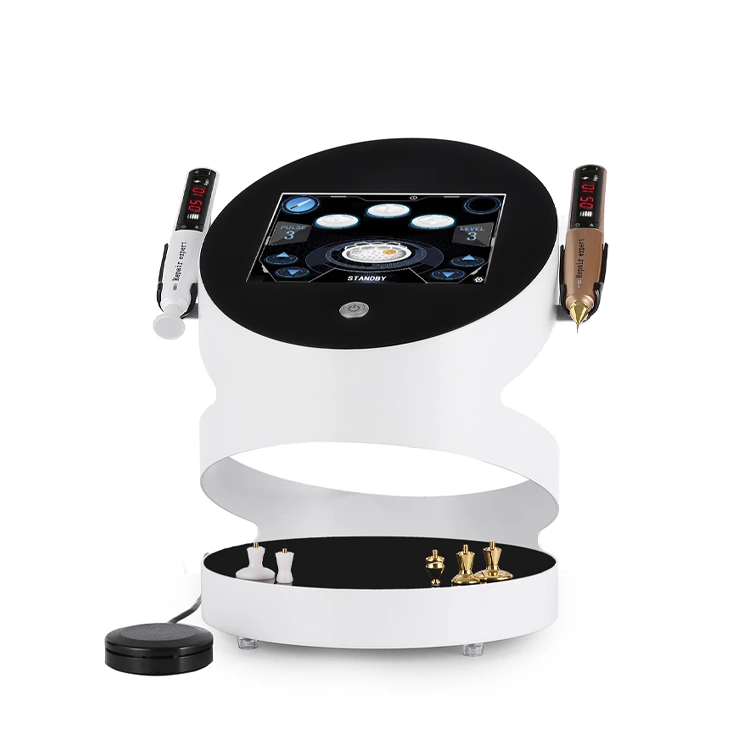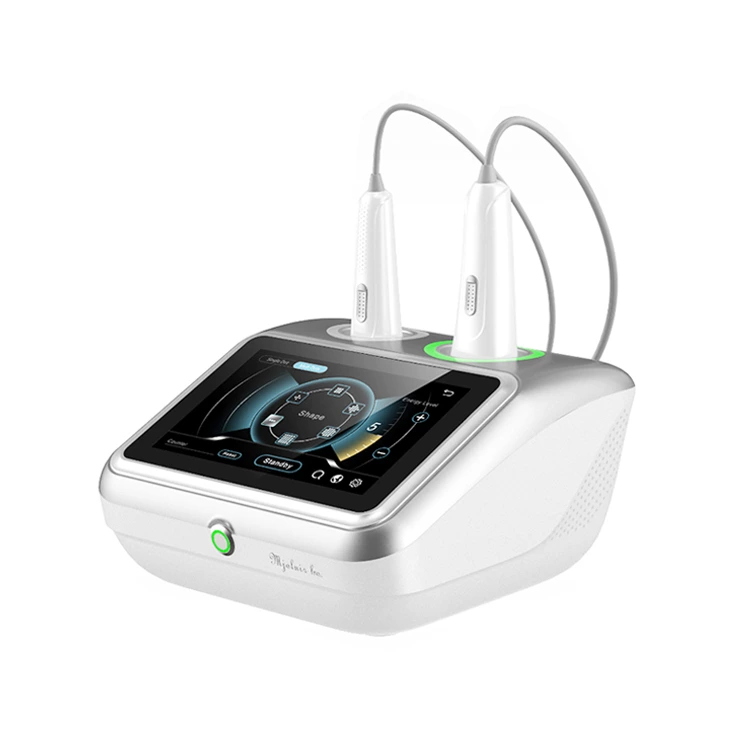Do Plasma Pens Work
In recent years, plasma pens have gained popularity as a non-invasive cosmetic treatment option. These handheld devices claim to tighten and rejuvenate the skin by using plasma energy. But do plasma pens really work? In this blog post, we will explore the science behind plasma pens, their potential benefits, and what you should consider before trying this treatment.
How do Plasma Pens Work?
Plasma pens, also known as plasma fibroblast pens, utilize a technology called plasma fibroblast therapy. The device generates a controlled electrical discharge that creates a small plasma arc on the skin's surface. This plasma arc heats and vaporizes the targeted tissue, stimulating collagen production and tightening the skin.
Potential Benefits of Plasma Pens:
Skin Tightening: The heat generated by plasma pens can stimulate the production of collagen and elastin, two essential proteins responsible for skin elasticity. This can lead to firmer and tighter skin, reducing the appearance of wrinkles and sagging.
Scar Reduction: Plasma pens are marketed as a way to improve the appearance of scars, including acne scars and stretch marks. The controlled heating of the skin promotes collagen remodeling, which may help minimize the visibility of scars over time.
Points to Consider:
Effectiveness: While some individuals report positive results from using plasma pens, it's important to note that scientific evidence supporting their effectiveness is limited. More research is needed to determine the long-term effects and overall efficacy of this treatment.
Side Effects: Like any cosmetic procedure, plasma pen treatments come with potential side effects. These may include redness, swelling, scabbing, and temporary skin discoloration. In rare cases, there may be a risk of infection or scarring.
Professional Skill: Plasma pen treatments should be performed by trained professionals who have experience in handling the device and assessing individual skin conditions. Improper use or inexperienced operators may increase the risk of adverse effects.
Maintenance and Results: Plasma pen treatments are not a one-time solution. Multiple sessions may be required to achieve optimal results, and the longevity of the effects varies depending on individual factors, such as age, skin condition, and lifestyle habits.
Conclusion:
While plasma pens have gained popularity as a non-invasive skin rejuvenation treatment, it's important to approach their usage with caution and realistic expectations. Although some individuals may experience positive results, scientific evidence supporting the efficacy of plasma pen treatments is limited. Before considering this procedure, it is crucial to consult with a qualified professional who can assess your unique needs and guide you towards the most suitable treatment options. Remember, maintaining healthy skin requires a holistic approach that includes proper skincare, a healthy lifestyle, and, if necessary, treatments backed by strong scientific evidence.



